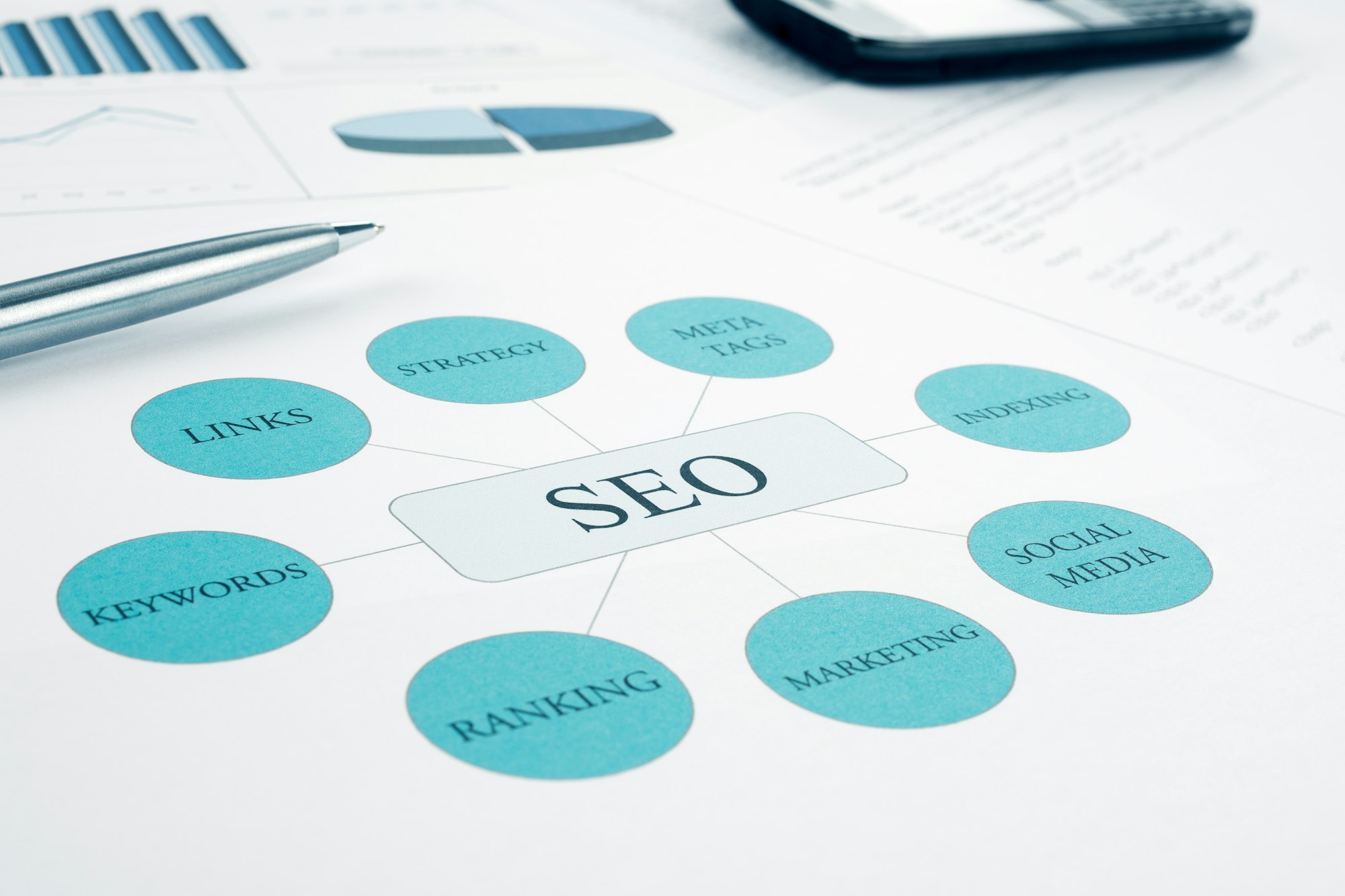
Balancing between a client’s business needs and Google’s indexing algorithm takes a lot of experience because the two are often canceling each other out. Through the use of various SEO tools, we can analyze and improve our results and create a suitable design solution. Nevertheless, there are some aspects that we should consider from the start. There are certain design features to improve your on-site SEO.
The design process plays a significant role in a website’s ranking potential, which is why website developers need to take into account all of the features that influence search engine optimization. To help you improve your website’s On-Site SEO performance, we have created a list of six design features that experienced designers most commonly implement in their projects.
Blog Section
Apart from a chance to bring customers closer to business values, industry news, and other related topics, adding a blog section provides a series of other SEO benefits. With every new post, we have a higher chance of being recognized by Google, Bing, or Yahoo as an active website.
Also, a blog is a backlinking platform, allowing us to increase SEO performance by adding links to authentic sources and popular websites. Furthermore, it also allows other publishers to place our links within their content and thus improve our website ranking.
Image Optimization

When adding an image to a website, it’s important to help search engines recognize the content of the picture. Therefore, it’s a smart strategy to name each photo in a descriptive manner. For example, if your image shows a baby sleeping, the image should be named “baby_sleeping.png”.
Additionally, you should utilize the Alt text feature and present a short description of the photo. This way, when a user conducts a related search, you’ll have a higher chance to appear higher in the SERP.
Another way to optimize images is to reduce the image size while keeping high quality. This could be done by high-quality software or the use of internet-friendly file types instead of image formats that take up a lot of space.
Meta Descriptions
Each page you design should include a meta description because it allows Google to crawl through your website faster and find the content related to a user’s search phrase. Furthermore, the meta description appears on the search results page and introduces your page to the audience before they even click on the link.
However, keep in mind that you can improve your clickthrough rate if you place keywords within a meta description. Also, Headings and Titles should contain keywords if you wish to enhance your SEO performance.
Mobile-Friendly Design

Statistics show that mobile devices are the primary source of internet traffic, more precisely, online searches are mainly conducted via mobile platforms. Therefore, one of the most important elements of well-performed On-Site SEO is responsive design. This means that you should design your website in a way that will allow both desktop and mobile users to enjoy every aspect of your website without any issues.
Unique Content
Recycling content that’s already published on some other website degrades your uniqueness, which has a negative influence on your SEO effort. When search engines find a piece of content that’s the same or similar to what’s already published somewhere else, these pages are excluded from search results or placed very low depending on the percentage of plagiarism.
It’s important to maintain a high level of uniqueness and authenticity when designing a website, one of the ways to do so is to avoid stock photos and videos and use self-made materials.
Use Only Essential Plugins
According to research, the time it takes to load a page has a direct influence on your website’s SEO, which in turn influences your business performance and overall revenue. Users avoid websites that take more than 3 seconds to load, which is why it’s important to reduce the amount of data on each page.
The more plugins you have installed the longer it takes for your website to load. Therefore, to make your website faster, you should consider using only those plugins that are necessary. Also, you could use plugin packs if you really need a whole set of scripts.
Conclusion
These were some of the most practical pieces of advice we thought would come useful when designing a well-performing website. It’s important to keep in mind that search engines change their algorithms, so keeping up with the latest on-page SEO requirements is important to maintain a positive trend.
Sometimes, the client’s needs are different from SEO standards, and that’s why it comes in handy learning a few tricks that will allow you to keep your client happy. What we have discussed here are design features to improve your on-site SEO. We hope this is beneficial to you when designing your new website. If not contact Matchbox Design Group to design and develop your new website project.

